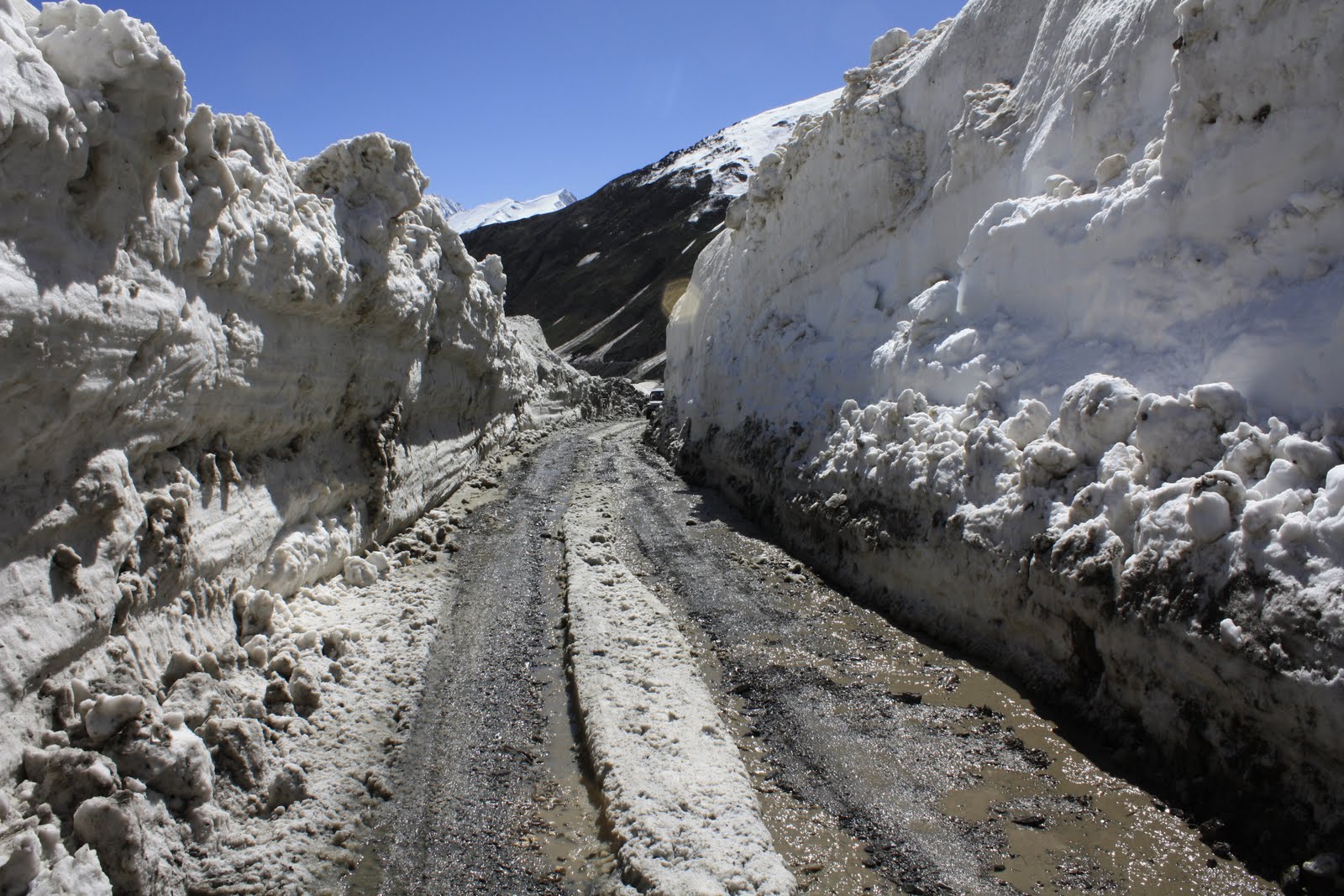by Babra Wani
SRINAGAR: It is Kashmir’s spring time and it coincides with mass allergies. These pollens are believed to be primarily produced by the Russian Populous, which is commonly known as Russi Frass.

During April and May the seeds, which are white cottony in appearance carry the pollens, along with other dusty particles. These pollens are allergic and can trigger some serious skin and respiratory allergies. They can also cause coughing, runny nose, nasal irritation etc.
“Whenever this time of year comes, I get myself a bundle of masks because I am highly allergic to pollens,” said Rafi, a resident of Srinagar, “I have to take anti-allergics then until I get better. And this happens to me like every year. I get sick for like a week together.”
Just like Rafi, Nisha, a resident of Ganderbal also suffers from pollen allergies. Not just her, but her family members including children also suffer from different allergies like soar throat, and running nose, “This is just too common for us. Even the children suffer a lot like from sneezing, itchy nose etc. Even though the mess created by pollens is not much in Srinagar, it is worse in our area.”
According to Dr Naveed Nazir Shah, the pollens from all kinds of flowery plants can trigger allergies among people and can cause allergies in the eyes, skin, or runny noses in people. “There are many allergies, like if there are any patients who are already allergic, their symptoms get aggravated, be it eye allergies, asthma or others, all of them suffer this time. As soon as a patient gets exposed to the pollens, symptoms can be seen in them.”
Naveed asserted that until these triggering factors are not removed, the allergies remain, “There are precautionary measures, like getting yourself checked up by the expert doctors and you should wear masks when you go out.”
Since these allergies can be found among children as well, paediatricians are asking parents not to panic. According to Dr Suhail Naik, Senior Consultant Pediatrician the current season is not only a season of pollen allergies but is also favourable for the spread of viral infections, “It is the different types of dust particles that are attached to the cotton fluff of the pollens that causes these allergies since the majority of the people of Kashmir including children in the majority are allergy prone. But there is no need to panic, these things do happen.”

A Misconception
Akhter H Malik, Botanist at the Department of Botany, University of Kashmir debunked the popular concept of ‘pollen allergies.’ “The cotton that is currently in the air is from the Poplar trees, however, these are not pollen grains as everyone is saying. It is the aborted seeds, as there is no pollination happening because in Kashmir only female Poplar trees have been introduced in huge numbers and male trees are absent. The cotton that we see is hair present in the ovaries and acts as the parachute for the aborted seeds, which felicitate the movement of the seeds,” he explained, “You know since these seeds travel through the air and there are numerous particles present in the air like bacterias, fungus, or other dust particles, they get stick to this cottony hair and that is what causes the infection or the allergies. This cotton acts as the vector or the carrier. Otherwise, it is not the pollen, rather it is the aborted seed covered by hair. It is not formed through proper pollination.”
Malik asserted that without pollination the ovules mature and then burst, “the seeds since they are very small in size, are covered by this cottony hair to disperse them. This is the concept that I want to clear that these dust particles that get stuck to the cotton is what is causing the allergies, not the pollens.”
He went on to lament that most of the flowery plants are in the flowering stage, “for example grass, or kikkar pollens among others are currently dispersed everywhere and they are highly allergic, as proven by the research studies. But there is a popular concept that Frass is producing pollens, but I want to clear that these are not pollens, because no pollination can take place in the absence of male trees. And had male trees been available in Kashmir, this cotton that we see would not have been present. And there would not have been a need to axe these trees down, as we know there was a mass axing of these trees.”
He concluded that there is another popular notion that Poplar trees has been introduced from Russia, “which is wrong because it is a native of North America, it is known as Easter Cottonwood, and Populus Deltoides is its scientific name. It is not russi frass because it is from Russia, but because russi means hair in Kashmiri because of the cotton hair present on the seeds.”














